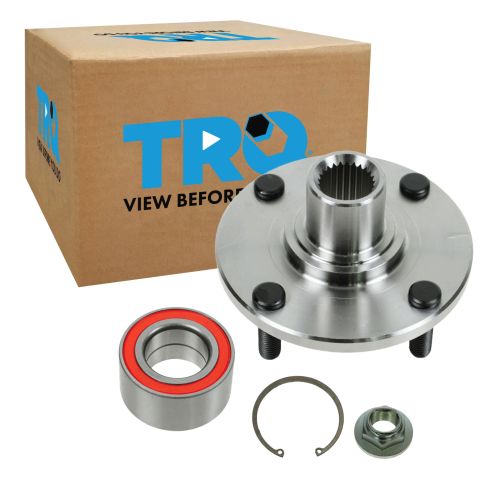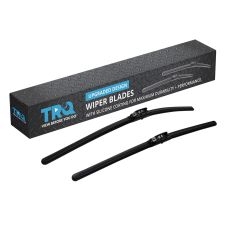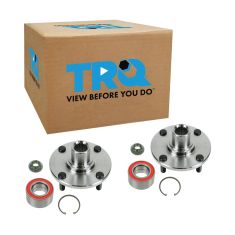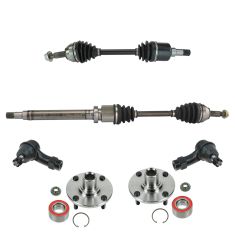1ASHF00091-2000-11 Ford Focus Front Wheel Bearing & Hub Kit TRQ BHA53287



Replaces
2000 Ford Focus Front Passenger Side Wheel Bearing & Hub Kit TRQ BHA53287


Recommended for your 2000 Ford Focus
Product Reviews
Loading reviews
Customer Q&A
No questions have been asked about this item.
Ford is a registered trademark of Ford Motor Company. 1A Auto is not affiliated with or sponsored by Ford or Ford Motor Company.
See all trademarks.







